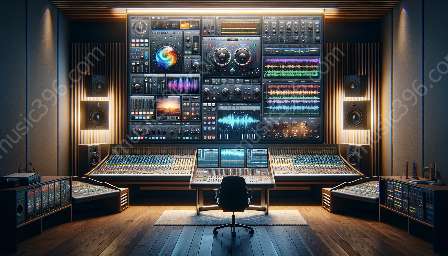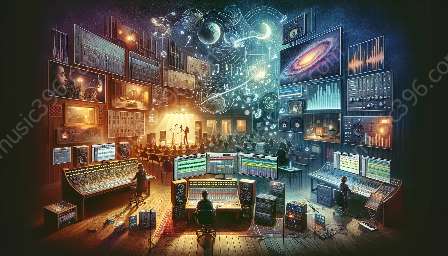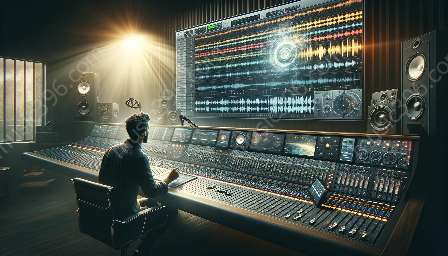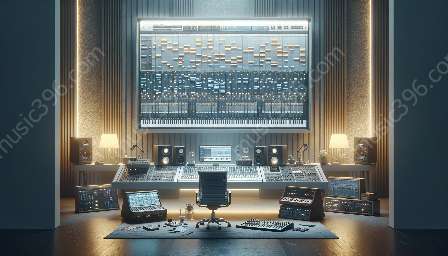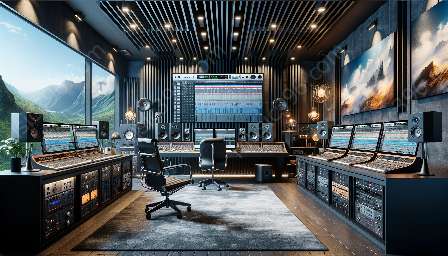Audio sampling in DAW involves the manipulation and processing of sampled audio.
Understanding Audio Sampling
Audio sampling refers to the process of capturing and digitizing an analog sound wave at discrete intervals in time. These samples can then be manipulated and shaped to create new sounds or enhance existing recordings.
Importance of Sampled Audio in DAW
Sampled audio plays a crucial role in the creative process of music production and sound design within digital audio workstations. By understanding how to work with sampled audio, producers and engineers can unlock new levels of creativity and innovation.
Manipulation Techniques
There are various manipulation techniques that can be applied to sampled audio in DAWs, such as time stretching, pitch shifting, and slicing. Time stretching allows for altering the tempo of a sample without affecting its pitch, while pitch shifting modifies the pitch of a sample without changing its timing. Slicing involves dividing a sample into smaller segments for rearrangement and creative manipulation.
Processing Methods
Processing methods involve the use of audio effects and signal processing techniques to alter the timbre, dynamics, and spatial characteristics of sampled audio. These methods include equalization, compression, reverb, and delay, among others, to enhance and sculpt the sonic qualities of the sampled material.
Working with Sampled Audio in DAW
When working with sampled audio in DAWs, it's essential to utilize the software's tools and features effectively. This includes understanding the use of samplers, audio editors, and audio effect plugins, as well as the application of automation and modulation to add depth and movement to the sampled audio.
Creative Applications
Sampled audio manipulation in DAWs opens up a world of creative applications, from creating unique soundscapes and textures to reimagining existing musical compositions. By experimenting with different manipulation and processing techniques, artists can push the boundaries of sonic exploration and musical expression.
Conclusion
The manipulation and processing of sampled audio in digital audio workstations provide a powerful toolkit for shaping and crafting musical and sonic content. Understanding audio sampling in DAW and mastering the art of working with sampled audio allows for endless possibilities in music production, sound design, and creative expression.



